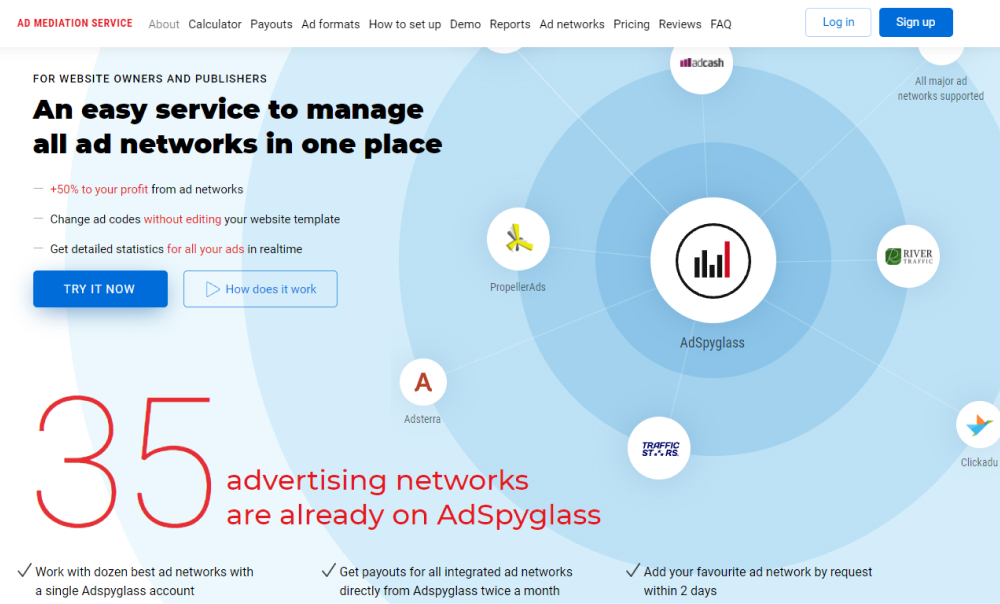HTTP or HyperText Transfer Protocol is a widespread data transfer protocol originally created for the transmission of hypertext documents (which means the documents that may contain links that allow you to organize the transmission to some other documents).
The HTTP protocol implies the usage of a client-server data transmission structure. In other words, the client application generates a request and sends it to the server, after which the server software processes the request, generates a response, and sends it back to the client. The client application can then continue to send other requests that will be processed in a similar way.
The main purpose of HTTP protocol usage is the data exchange, which is completed by the client application (as a rule, that’s a web browser) and a web server. At present, the HTTP protocol is used for the World Wide Web (or as you know it simply – the Internet) successful performance. In addition to this, HTTP is also used as an information transfer protocol for other application-layer protocols, including SOAP, XML-RPC, and WebDAV. Here, the HTTP protocol is often used for “transporting”.
Typically, the HTTP data is transmitted over TCP / IP connections. The server software uses TCP port 80 by default and, if the port is not explicitly specified, the client software also uses port 80 by default for open HTTP connections.
